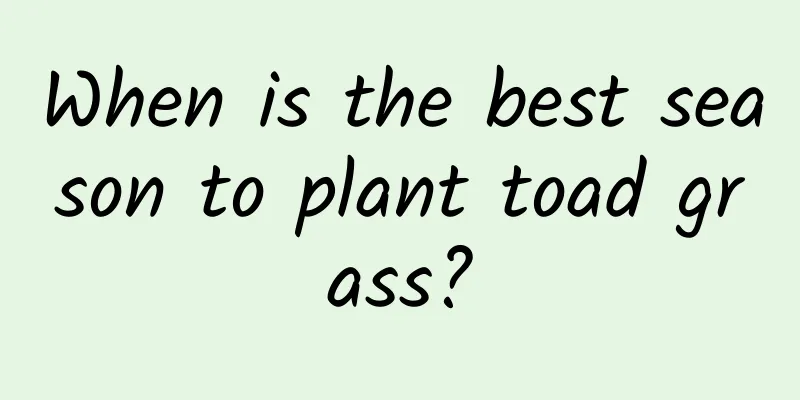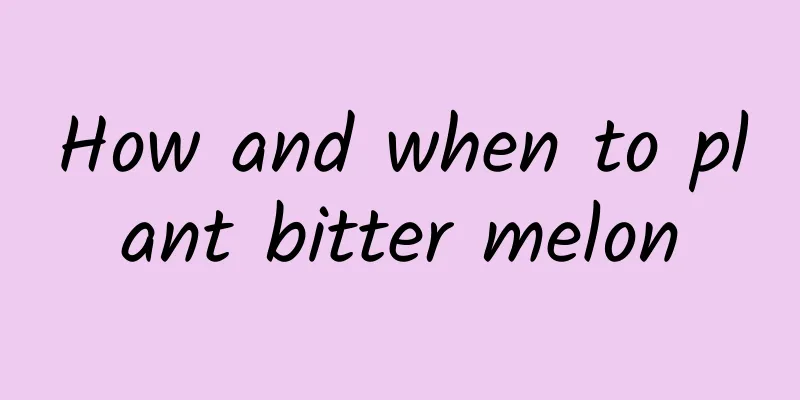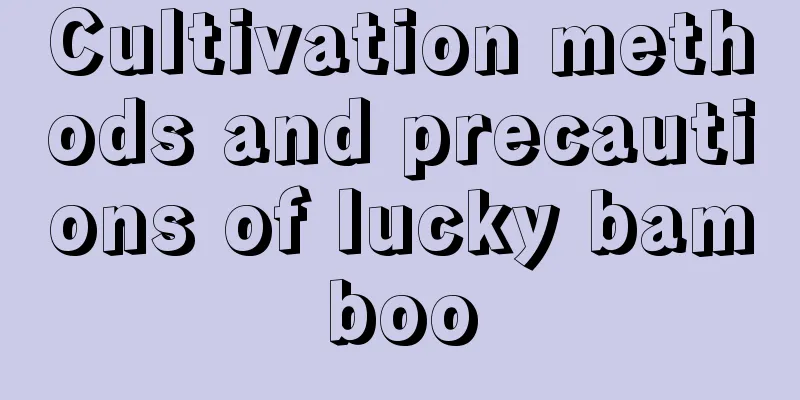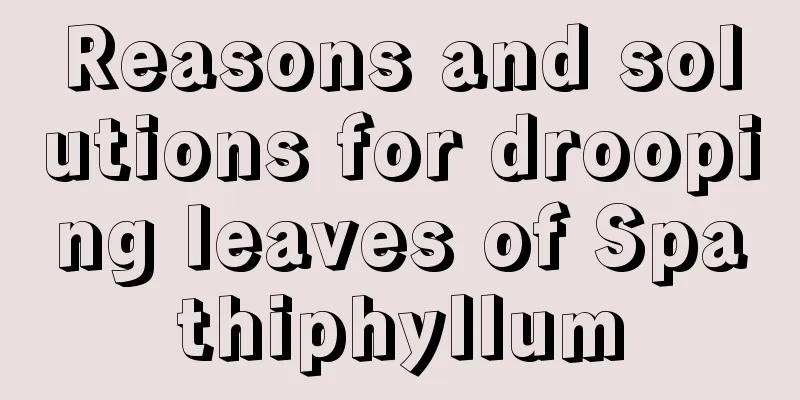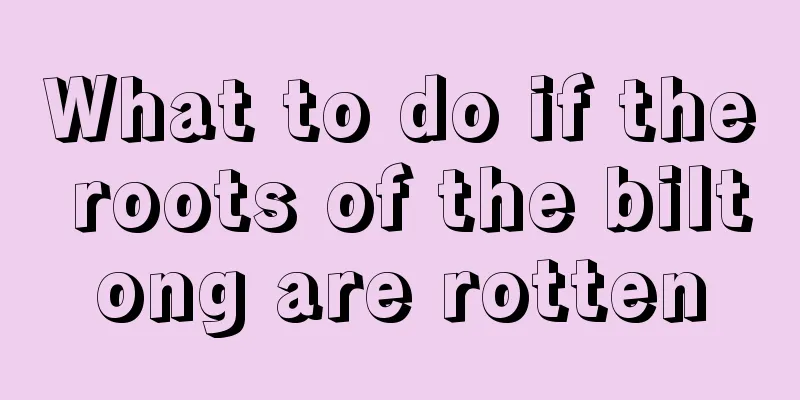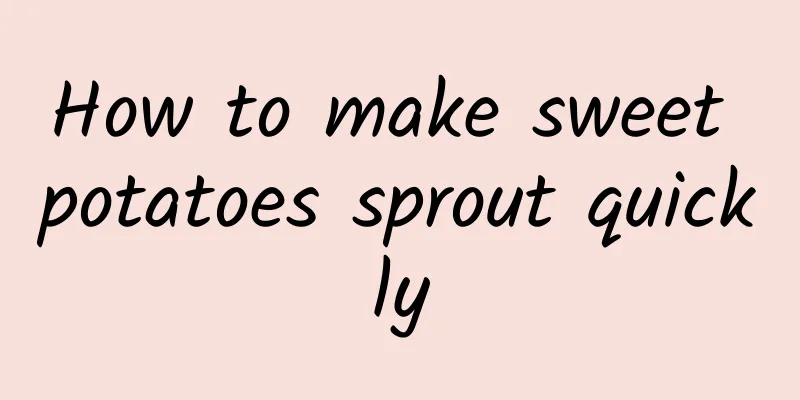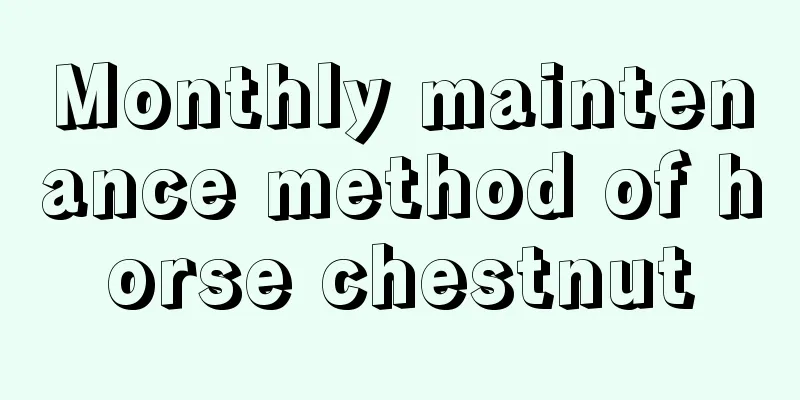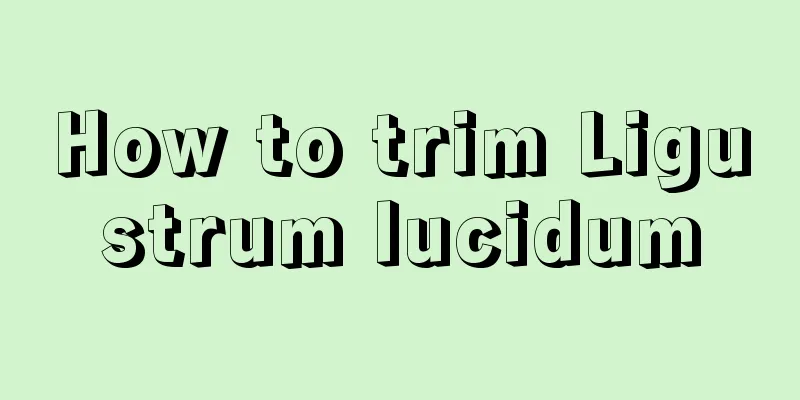How to fertilize cuttings
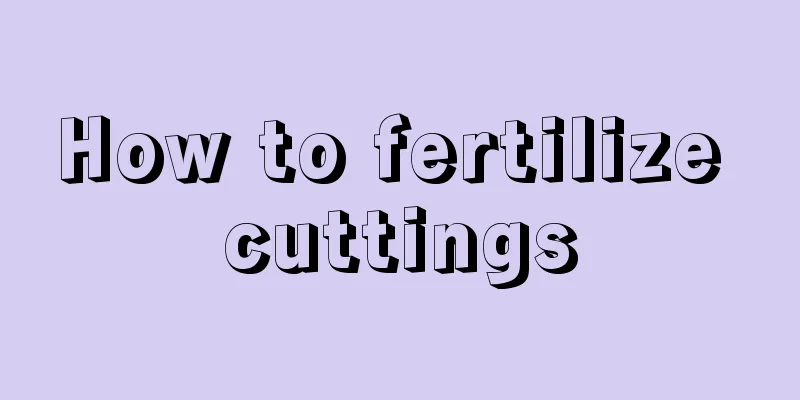
Basal fertilizer related to seedlingsAfter the cuttings seedlings survive, they should be moved to pots of appropriate size and properly applied with base fertilizer. This can replenish nutrients for the seedlings as soon as they grow, allowing them to grow quickly. The choice of base fertilizer is generally based on compost and slow-release fertilizer. The fertilizer effects of these two types of fertilizers are not as direct as quick-acting fertilizers and will not harm the root system of seedlings. They will release nutrients into the soil at a slow rate, which will be absorbed and utilized by the roots of the seedlings. Therefore, if the base fertilizer is used properly, the seedlings will never wilt again! Phosphorus and potassium fertilizers promote root growthAfter the cuttings seedlings are potted and enter the normal growth period, the first thing to do is to pay attention to the maintenance environment. Place them in a place with sufficient sunlight and good ventilation, and provide them with sufficient water. In addition to using a certain amount of phosphorus and potassium fertilizers in the base fertilizer, phosphorus and potassium fertilizers should be applied 1 to 2 times each time the plants are pinched. At this time, the concentration of phosphorus and potassium fertilizers can be appropriately increased. What are the functions of different fertilizers?Phosphorus fertilizer helps the growth of roots and the germination of new shoots. During the growth and development of seedlings, sufficient phosphorus fertilizer can ensure that the seedlings grow strong root systems and is also beneficial to the growth and development of new leaves. The function of potassium fertilizer is to allow the nutrients produced by the leaves to be smoothly transported to the roots or new leaves. In fact, it serves as a protective shield, enabling the cuttings to achieve the strongest resistance. Adequate potassium fertilizer can ensure that the seedlings maintain the best plant shape and reduce the probability of excessive growth. The main function of nitrogen fertilizer is to promote leaf growth, which is not recommended in seedling cultivation because the expansion of leaves will consume too many nutrients, and if the root system is incomplete, it is difficult to support leaf growth. It is not recommended for use in seedling cultivation. |
<<: How to tell if the branches have taken root?
>>: How to propagate coleus by cuttings
Recommend
When is the best time to plant Cineraria seeds?
Cineraria seed planting time Cineraria is a peren...
The simplest and most practical method for treating pig manure
Pig manure is a very good organic fertilizer that...
Breeding methods and precautions of fragrant sparrow
The scented finch is easy to raise and has a stro...
How to grow Oxalis to make it bloom
Oxalis flowering time Oxalis blooms from February...
Does the sycamore tree shed its leaves in winter?
1. Do leaves fall in winter? This type of plant i...
How long is the growth cycle of lotus pods?
Introduction to Lotus Pod Growth Lotus seed pods ...
How to care for pomegranate trees?
The flowers and fruits of the pomegranate tree ar...
What to do if the leaves of Magnolia turn yellow
The reason for this phenomenon The first is insec...
Methods and skills for beginners to grow succulents (beginner knowledge and tutorials on growing succulents)
There are some tips for getting started quickly w...
What is refractory clay?
Refractory clay is a common material, also called...
The flower grew to 5 meters long. He shaved its head off overnight, and it grew two stories taller in half a year!
Love vine, grows 2 meters a year The love vine is...
What to do if the bark of the fortune tree is rotten
1. The reason why it rots Its bark rot is mostly ...
Geranium monthly maintenance tips
Geranium January Place the plant in a sunny place...
Does azalea bloom in winter? What is the suitable temperature in winter?
1. Whether it blooms in winter Rhododendrons bloo...
How to prune Magnolia grandiflora
When to prune Magnolia grandiflora When is the be...
